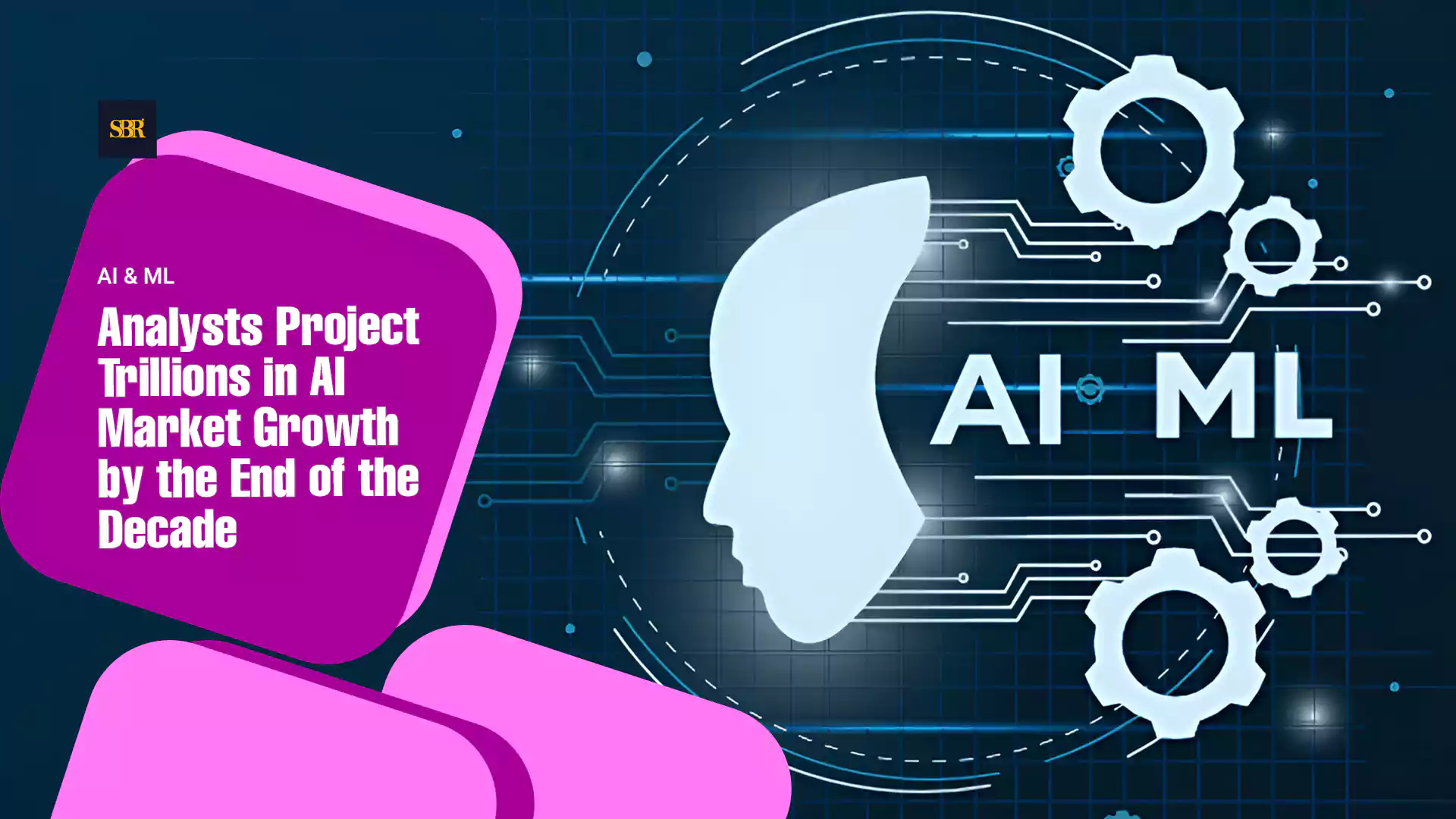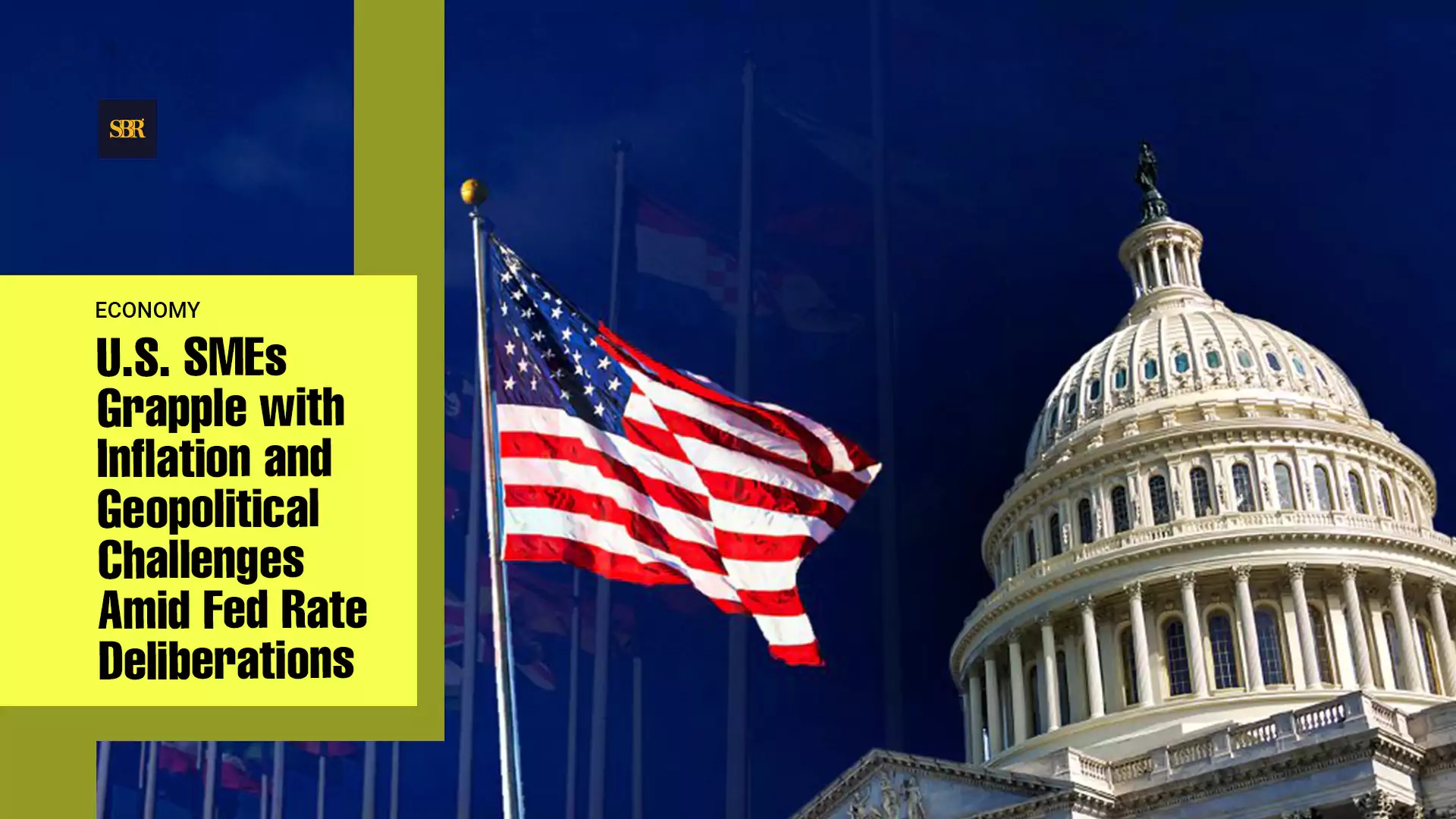NEW YORK, Nov. 13, 2025 — Analysts and enterprise leaders are projecting enormous growth in AI spending and adoption. Gartner forecasts global AI spending will reach $1.5 trillion in 2025 and exceed $2 trillion in 2026. Nvidia predicts infrastructure alone could account for $3 to $4 trillion by the end of the decade. McKinsey estimates generative AI could deliver $2.6 to $4.4 trillion in value across industries. Even conservative estimates show that AI is becoming a central force in business strategy, and the scale of opportunity is unprecedented.
Enterprises are beginning to consider AI not just as a tool for efficiency but as a driver of competitive advantage. Companies that experiment early and build scalable AI infrastructure can potentially capture outsized returns. Conversely, firms that hesitate risk falling behind in industries where speed and adaptation are critical.
Why are Forecasts so Different?
Assumptions Behind the Numbers: Some analysts base projections on broad adoption across multiple sectors, while others focus on narrower slices such as AI chips or cloud infrastructure. AMD expects its data center chip market to reach $1 trillion by 2030, highlighting the massive investments in hardware. Salesforce anticipates a ‘digital labor revolution’ that could add trillions in value through AI-driven agents and automation. The assumptions around adoption rates, infrastructure costs, and technology breakthroughs explain why forecasts diverge.
Scope of the Market: Different firms define the AI market in various ways. Some count all infrastructure, software, and services. Others measure only AI agent platforms or generative AI applications. These differences explain why forecasts range from a few trillion to more than $12 trillion. The breadth of the market and differing methodologies make the numbers seem inconsistent, but they all point to a rapidly expanding ecosystem with enormous potential for businesses willing to invest early.
How Will Businesses Respond?
The question is not if AI will reshape industries but how quickly companies adapt. Early adopters with tested use cases and scalable infrastructure could gain significant advantages. Those who wait may face steeper costs to catch up, as AI adoption accelerates across sectors. Firms are experimenting with AI in areas such as customer service, predictive analytics, supply chain optimization, and product innovation. The speed at which these applications scale will determine which companies benefit most. Organizations that ignore these developments risk losing ground to more agile competitors.
What Steps Should Leaders Take?
Business leaders can act strategically without overcommitting. They can start by identifying internal processes that can benefit most from AI, including repetitive administrative tasks or logistics. Building scalable infrastructure or partnering with providers can support rapid adoption. Companies should develop a roadmap that balances short-term wins with long-term strategic bets and measure success not only in cost savings but also in new value creation, including faster insights and new products. Monitoring industry and ecosystem shifts is essential to pivot as needed, especially in areas like chip design, cloud services, and AI platform adoption. By taking these steps, companies can position themselves to capitalize on the growth AI promises while mitigating the risks of falling behind. The size of the market may vary depending on which forecasts are considered, but the direction is clear. AI is expanding rapidly, and the businesses that recognize and act on the opportunity are likely to emerge as leaders.
AI will change industries, unlock unprecedented opportunities, and generate trillions in value over the coming years.
Inputs from Diana Chou
Editing by David Ryder

















